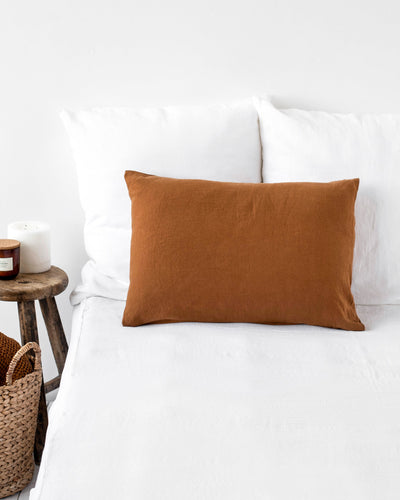Hosting the Wabi-Sabi Way: Interview with Julie Pointer Adams
When it comes to hosting and entertaining guests, each culture has its own ways of creating memorable experiences. However, it often comes with a set of rules, which can put a strain on both parties: what food should I serve, how should I fold the napkins, should I bring a gift, and so on. Hosts end up running around frantically trying to make sure everything's perfect, guests have anxiety about fitting in, the whole atmosphere becomes tense...
"Entertaining can be about so much more than having the most perfect home or the most perfect table setting. Instead, we should learn to enjoy the company and embrace the imperfections of life together," says Julie Pointer Adams, author of Wabi-Sabi Welcome.
As we have mentioned before, wabi-sabi is a Japanese concept that defines a simple, humble way of being and "honors the beauty of natural imperfection." It can be applied to many realms of our lives, from home decor to creative processes, but in Julie's case — it's all about the art of hosting.
Having previously worked for Kinfolk Magazine, Julie also got to travel the world quite a bit and witness the principles of wabi-sabi manifesting in a variety of cultures way beyond the borders of Japan. We asked Julie to tell us more about her experiences and take us through the pages of her book.

ML: Hi, Julie! Tell us how has wabi-sabi entered your life in the first place?
J: I think my first encounter with it was back in graduate school when a professor commented on my work saying it has a very "wabi-sabi aesthetic." I didn't really know what it meant at the time but after researching it, I realized it's an aesthetic that has resonated with me for a long time, I just didn't have a word to describe it.
I discovered that I had been living under the principles of wabi-sabi before even knowing what it means: all the furnishings in my house were really simple and makeshift, I had lots of nature around me. Basically, I was always trying to find beauty in unusual, fleeting things, which is at the core of wabi-sabi philosophy.
ML: What prompted you to write Wabi-Sabi Welcome?
J: At Kinfolk, my main role was curating a dinner series and a big part of my job focused on entertaining, hospitality and bringing people together. Doing it at such a large scale, gradually it became hard to retain the authenticity — making these events really special rather than just putting on a show — and I realized how much the hospitality industry can be exactly that.
I felt that when it comes to hosting and entertaining, people often have pressure on them: they think everything has to look picture-perfect before you can invite guests to their homes. My goal was to show that hosting under wabi-sabi principles removes all that pressure, all that need for appearances, and replaces it with thoughtfulness, ease, humility, and true connections.

ML: The book introduces five different locations where you've encountered the wabi-sabi approach to life. Tell us more about them.
J: Yes, each chapter marks a different place where I've encountered the wabi-sabi spirit: Japan, Denmark, California, France, and Italy. In Japan, where the concept originated from, they make such good use of natural materials and really pare down to the essentials. There is a lot of humility in their culture, their spaces are well thought-out, their actions very intentional.
Denmark is similar to Japan in that they have also struck a nice balance between simple, utilitarian and beautiful, considered elements of life. Their homes, although minimalist, never feel cold. The people, albeit reserved, are incredibly generous and hospitable.
In France and in Italy we see other facets of wabi-sabi, particularly the importance of sensory experiences. These cultures have this gusto for life and they put all of their senses to work, which is also characteristic of the wabi-sabi philosophy.
In California, wabi-sabi comes through people's openness, their tendency to invite each other into their intimate spaces, live in-tune with nature and embrace things that are rough around the edges.

ML: People often refer to wabi-sabi as the new hygge. What are your thoughts?
J: Hygge is a concept that I loved for a long time and it really resonated with me. However, I wouldn't call wabi-sabi the new hygge and I wouldn't say they have to replace each other at all. They have their differences, but both hygge and wabi-sabi are beautiful concepts that teach us about creating cozy spaces, bringing joy to ourselves and others, and finding beauty in simple moments.
* Photos courtesy of Julie Pointer Adams. If you're curious to learn the exact tips and tricks Julie has for entertaining with ease, get her book Wabi-Sabi Welcome here.
 United States
United States















